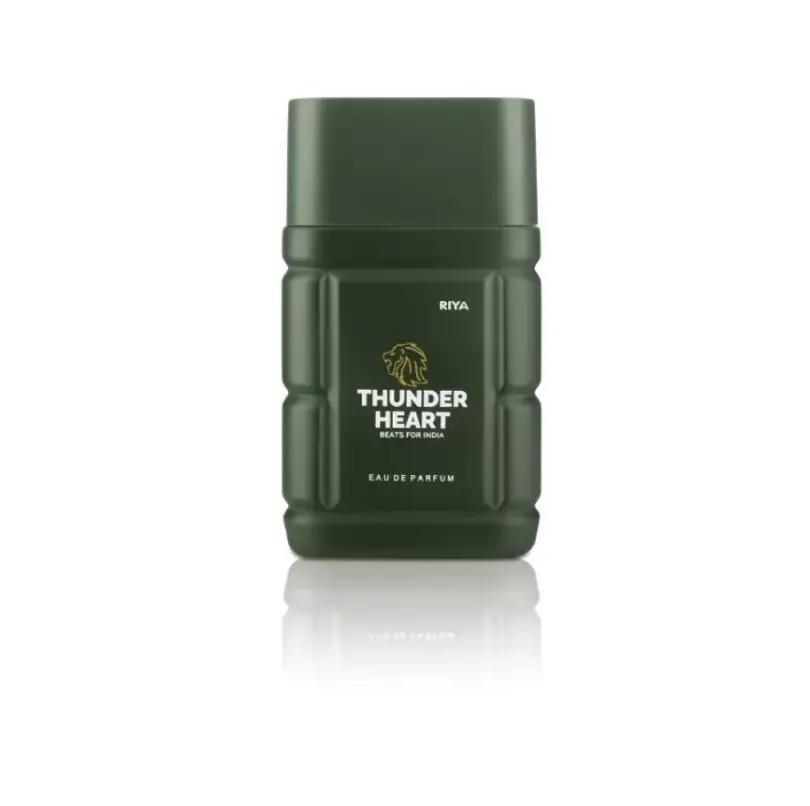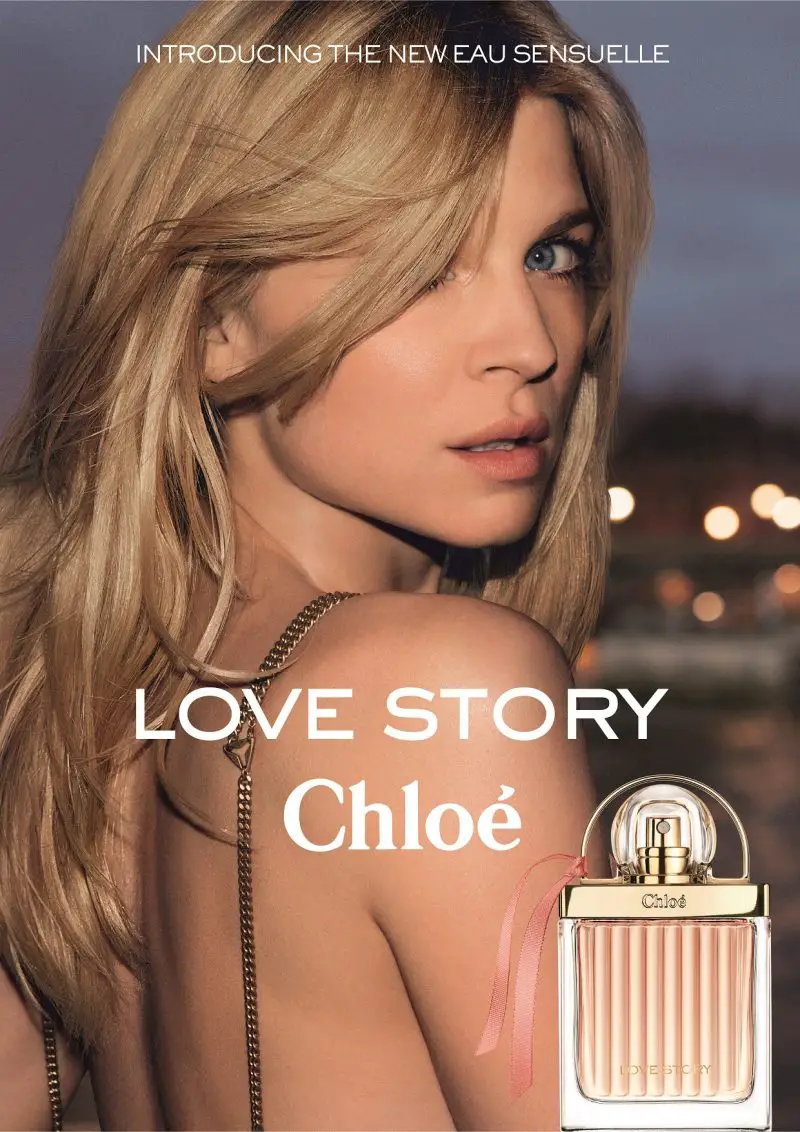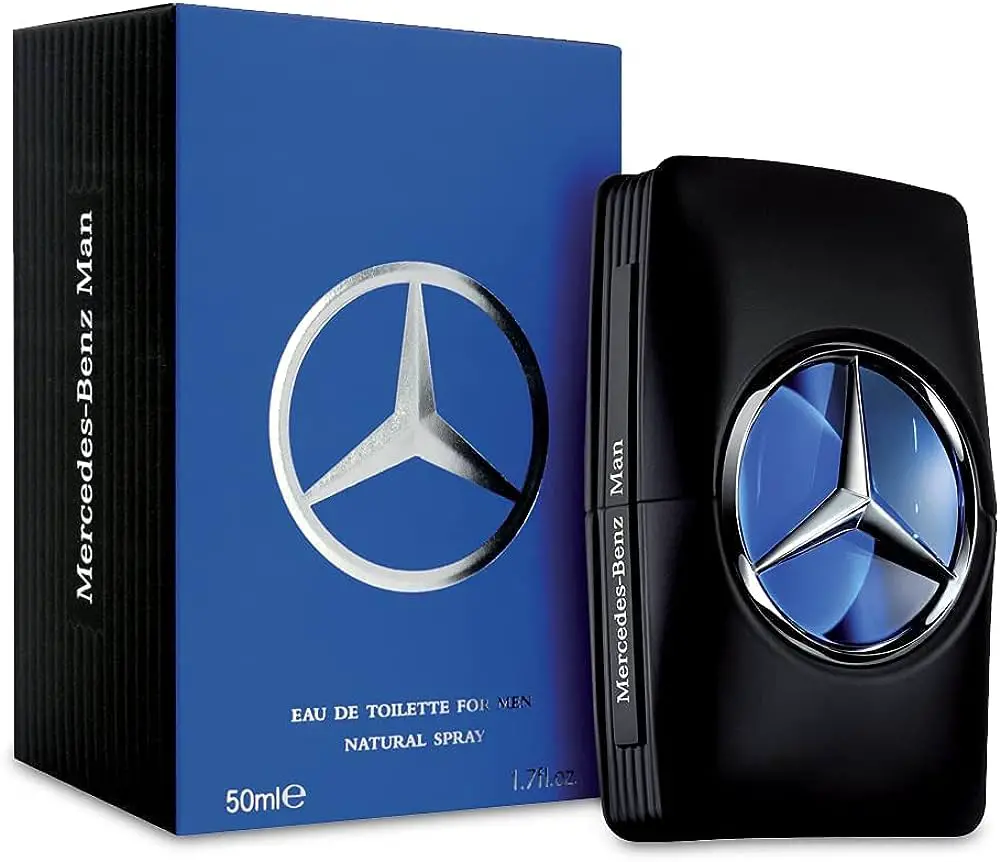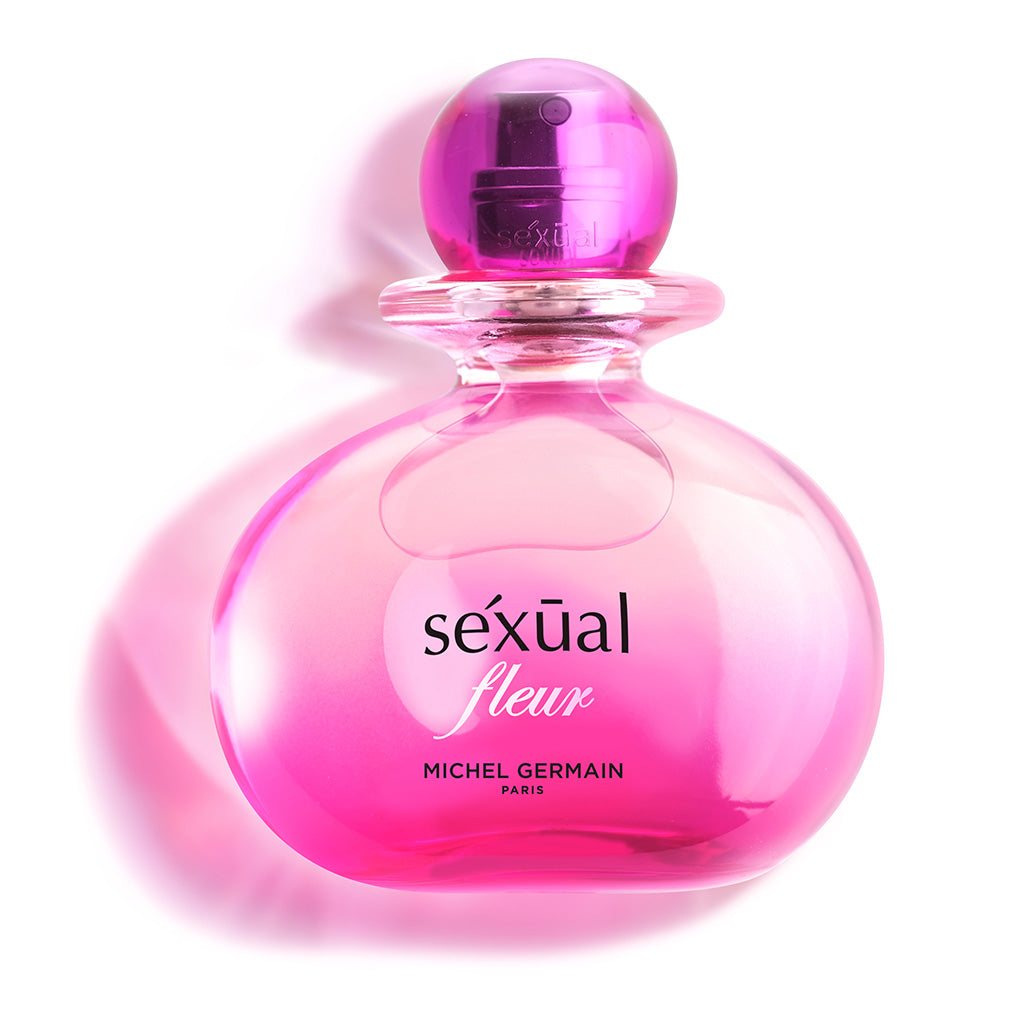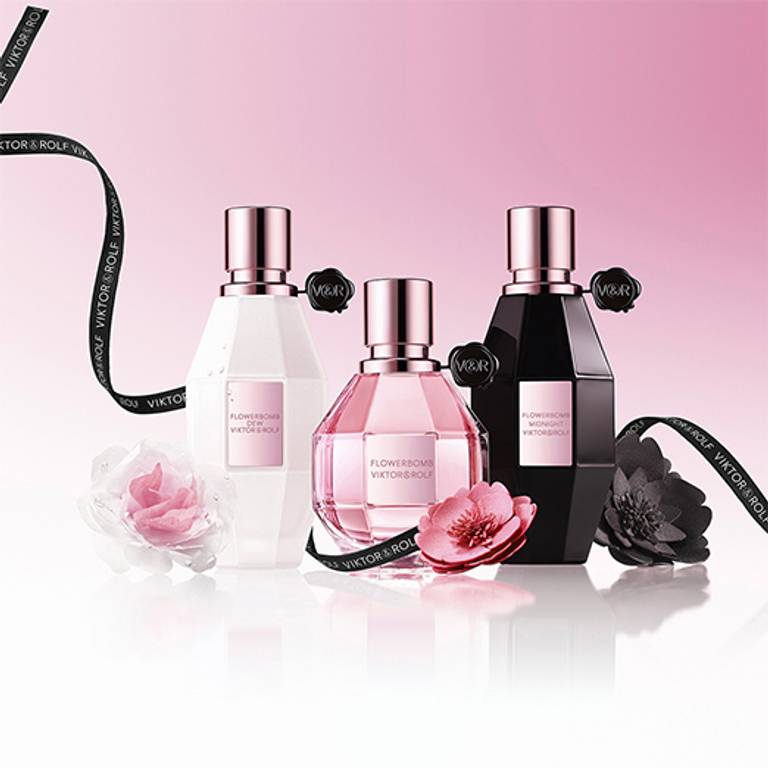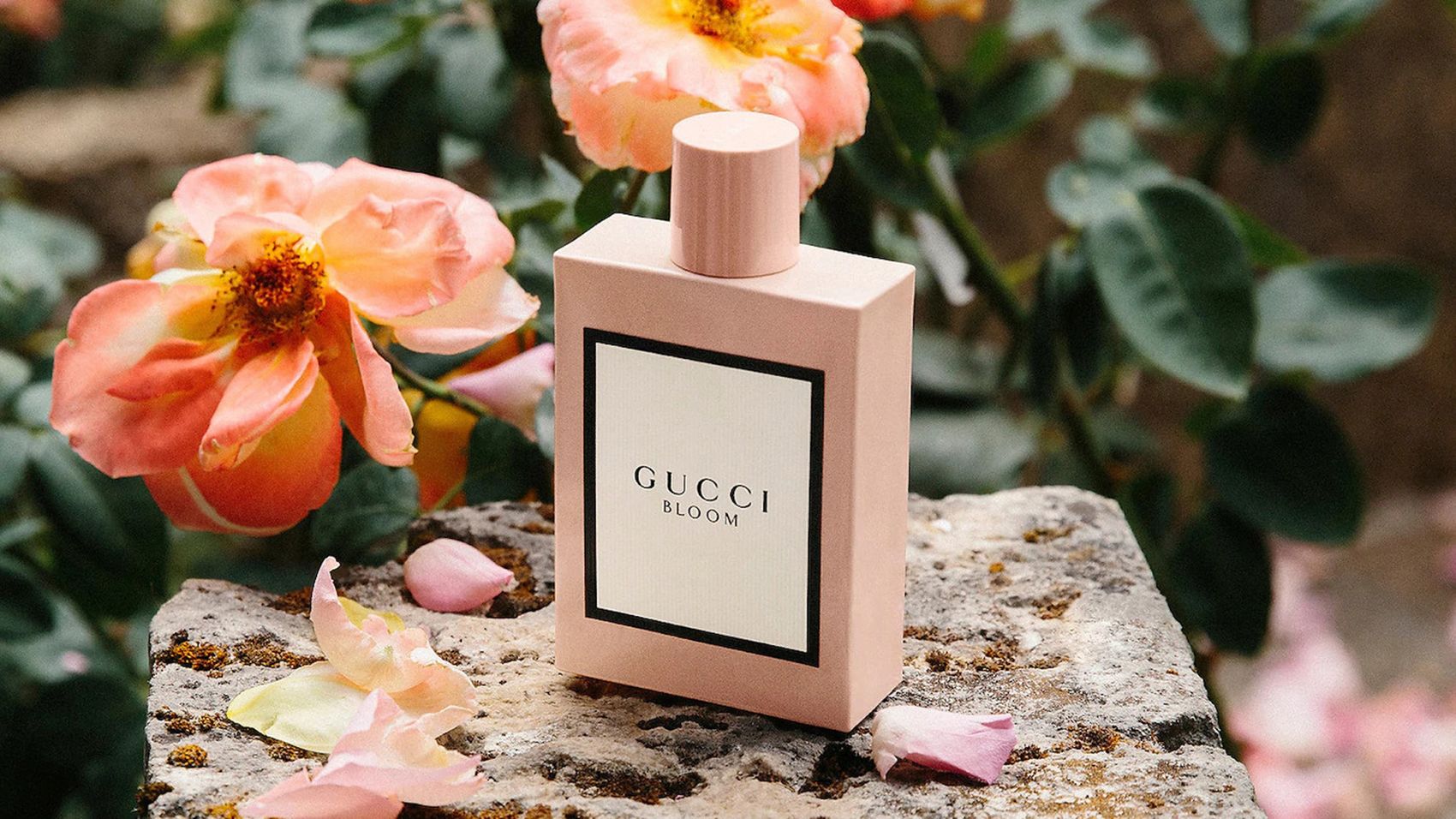Perfume – the word itself evokes a sense of elegance and beauty. Each bottle carries within it a bouquet of carefully curated scents, designed to captivate the senses and evoke memories. But have you ever wondered what exactly goes into the making of your favorite fragrance? In this comprehensive guide, we will explore the intricate craftsmanship behind perfume making – from the various ingredients to the intricate processes that create the scents we all love.
Understanding the Composition of Perfume
Perfumes are complex concoctions made up of numerous ingredients. These can be broadly classified into three main categories:
- Perfume Oils: The essence of the fragrance, these concentrated oils determine the scent profile.
- Fixatives: These ingredients help to stabilize the volatile perfume oils and ensure that the scent lasts longer on the skin.
- Solvents: Typically alcohol or water, solvents are used to dilute the perfume oils and help in the application process.
The Ingredients of Perfume
Let’s delve deeper into the ingredients that make up the heart of perfumes.
Table of Common Perfume Ingredients| Ingredient | Source | Notes |
|---|---|---|
| Essential Oils | Plants, Fruits, and Flowers | Primary aromatic compounds. |
| Aroma Chemicals | Synthetic Compounds | Used to replicate scents not possible from natural sources. |
| Animal Products | Secretions or Extracts | Often used as fixatives (e.g., musk, ambergris). |
| Alcohol | Grain or Synthetic Ethanol | Common solvent in perfume making. |
The Perfume Making Process
Creating a perfume is an art, a delicate blend of science and creativity. Here’s a glimpse into the typical process:
- Extraction: Obtaining natural oils from plants through methods like distillation, expression, or solvent extraction.
- Blending: Combining various oils, aroma chemicals, and fixatives to create a unique fragrance composition.
- Aging: The blend is left to age for several months, allowing the scents to marry and achieve the desired final profile.
- Dilution: Adjusting the concentration of the perfume oil in alcohol or water.
- Bottling: The perfume is then filtered and funneled into bottles, ready to be shipped out.
Types of Perfume Concentrations
Not all fragrances are created equal – they come in various concentrations. Here’s what defines them:
- Eau de Parfum (EDP): Contains 15-20% perfume oil and is one of the most common and long-lasting types of fragrance.
- Eau de Toilette (EDT): A lighter concentration with 5-15% perfume oil, typically suited for daywear.
- Eau de Cologne (EDC): Only has 2-4% perfume oil and is the least concentrated and most refreshingly light option.
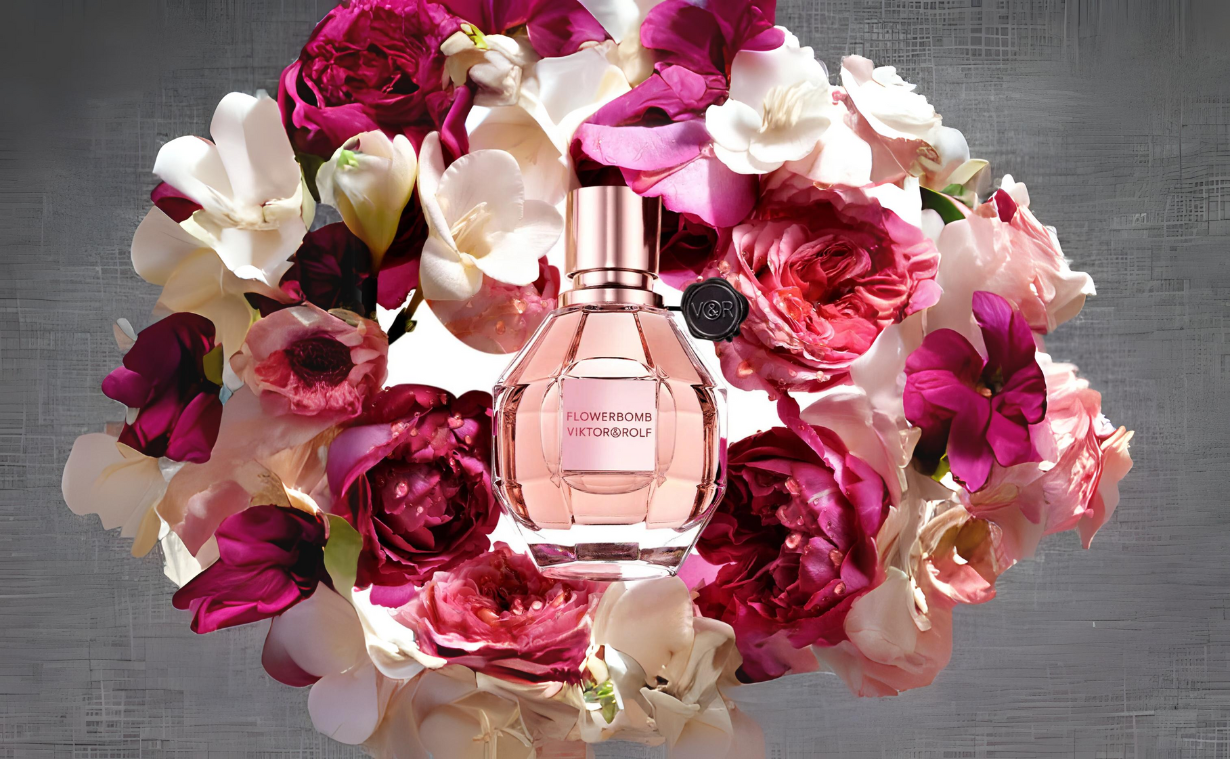
Credit: www.jomashop.com
The Artistic Aspect
Perfumery is not just a mechanical procedure; it is a craft that requires a nuanced understanding of scent harmonies. Perfumers, or ‘noses’, spend years honing their ability to distinguish between thousands of aromatic ingredients and in creating balanced, appealing fragrances.

Credit: www.instagram.com
Concluding Scents
Perfume is a fusion of artistry and chemistry – a liquid emotion that captures imagination, memories, and desires. Understanding what goes into its creation adds another layer of appreciation for each precious drop we apply on our skin. The next time you spritz your favorite scent, take a moment to consider the ingredients and expertise that have combined to create that captivating fragrance.
Frequently Asked Questions
What Are Common Perfume Ingredients?
Perfumes typically include a mix of essential oils, aroma compounds, fixatives, and solvents such as alcohol or water.
How Is Perfume Traditionally Made?
Traditional perfume-making involves extracting oils from flowers, aging them, and blending with alcohol.
Can Perfumes Cause Allergies?
Yes, certain compounds in perfumes can trigger allergic reactions in sensitive individuals.
What’s The Difference Between Perfume And Cologne?
The main difference lies in their concentration of fragrance oils, with perfume being more concentrated than cologne.

